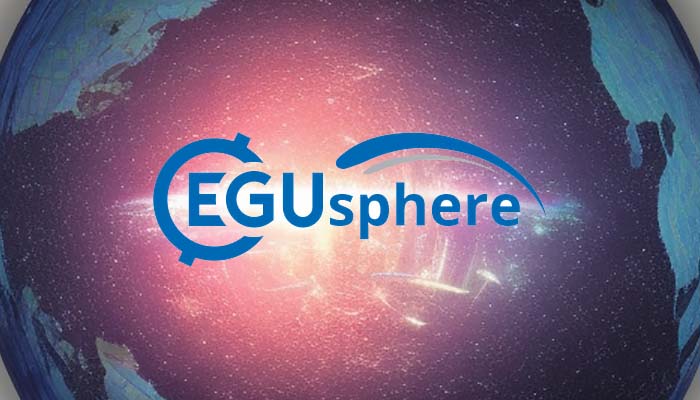
Many of you have noticed that EGUsphere went online, the new preprint repository hosted by EGU, as a service for the entire geosciences community. This repository can be used by any geoscientist to deposit their preprint even those that are not submitted to Copernicus journals. If you submit a preprint, your manuscript will receive a DOI number, the EGUsphere logo and – most importantly – a discussion page for comments from the community. In case you submitted your preprint to a Copernicus journal (e.g. HESS), this discussion page corresponds to the public review of your paper.
What is important to know is that if you submit a paper to HESS, you can choose if you want
- your preprint paper to appear on EGUsphere or
- as before in HESS-Discussions
For details, see the screenshot below; not all Copernicus journals already have the EGUsphere option and some journals only have the EGUsphere option.
What is the difference between the two options?
If you choose EGUsphere, your preprint will not show any direct relation to HESS. The journal to which you submitted will only be known to you and your co-authors, the handling editor and the reviewers. The idea behind this is that not disclosing the journal relation should help authors whose preprints are rejected after discussion to submit the manuscript to another journal. In this case, the journal name should not be included in the preprint by the authors. However, even if you choose EGUsphere for the discussion phase, your paper will be co-listed in the HESS library and will also stay there after final publication. Thus: if you search for a preprint in HESS, you will find the corresponding submitted manuscript on EGUsphere – but if you search for a preprint on EGUsphere, you cannot see where the preprint was submitted to – unless the manuscript was accepted.
Here an example of such a paper that went through EGUsphere and was finally published in HESS: https://hess.copernicus.org/articles/27/97/2023/. The EGUsphere preprint now shows the relation to HESS: https://egusphere.copernicus.org/preprints/2022/egusphere-2022-620/
How to choose between the two options?
At this stage, we cannot really help you make your choice during the submission of your manuscript, but here a few thoughts:
- If you are in general uneasy with having a rejected paper with a journal logo that remains visible on the web, you might prefer to choose EGUsphere (rather than switching to a journal with a non-open review phase).
- If your paper appears on EGUsphere (i.e. without link to the journal), you might get community comments from outside the community that you are actually targeting. This should not be a problem, but you might want to make sure that your preprint is written in a way that makes the target readership clear.
- If someone lands on your EGUsphere pdf directly, e.g. via google, there is always a doi-link back to EGUsphere – and if the paper is accepted, there will be a link to the published paper, just as if you land on a HESS discussion paper pdf. The connection to the journal is slightly less obvious than if you have the HESS Logo already on the preprint.
- In the past, some authors experienced difficulties of resubmitting their paper to another journal after rejection of a classical HESS paper (that went through HESS Discussion). This problem arises if you resubmit a rejected paper (that underwent public peer-review) with only minor modifications. Most other editors would recognize, via an automatic initial scan, that you have resubmitted a paper without thorough revision. If your paper went through EGUsphere, such an automatic initial scan will simply find a preprint, which can indeed be submitted without further modification.
What else does EGUsphere offer?
You can submit preprints to EGUsphere without immediate planned publication in a Copernicus journal. Those preprints are screened by Preprint Moderators. You can still choose to submit your article to a Copernicus journal (or any other journal) during the public discussion on EGUsphere or thereafter. All details about the publication process with EGUsphere are summarized here: https://www.egusphere.net/preprints/preprint_options_on_egusphere.html.
There you will also see that you even have the option to join EGUsphere with a preprint that was originally posted on a non-EGU preprint server and received there already a DOI; there will be no double publication but only a link. For details, see the pathway of external preprints here.
A final word on the fundamental difference to other preprint servers: on some of these servers you can update your preprint, e.g. on https://eartharxiv.org/. On EGUsphere you do currently not have this option.

Screenshot of first stage of paper submission to HESS
For an overview of preprint policies by editors, please refer to this Wikipedia Page: https://en.wikipedia.org/wiki/List_of_academic_publishers_by_preprint_policy
Post written by B. Schaefli with input from the editorial team of HESS.
